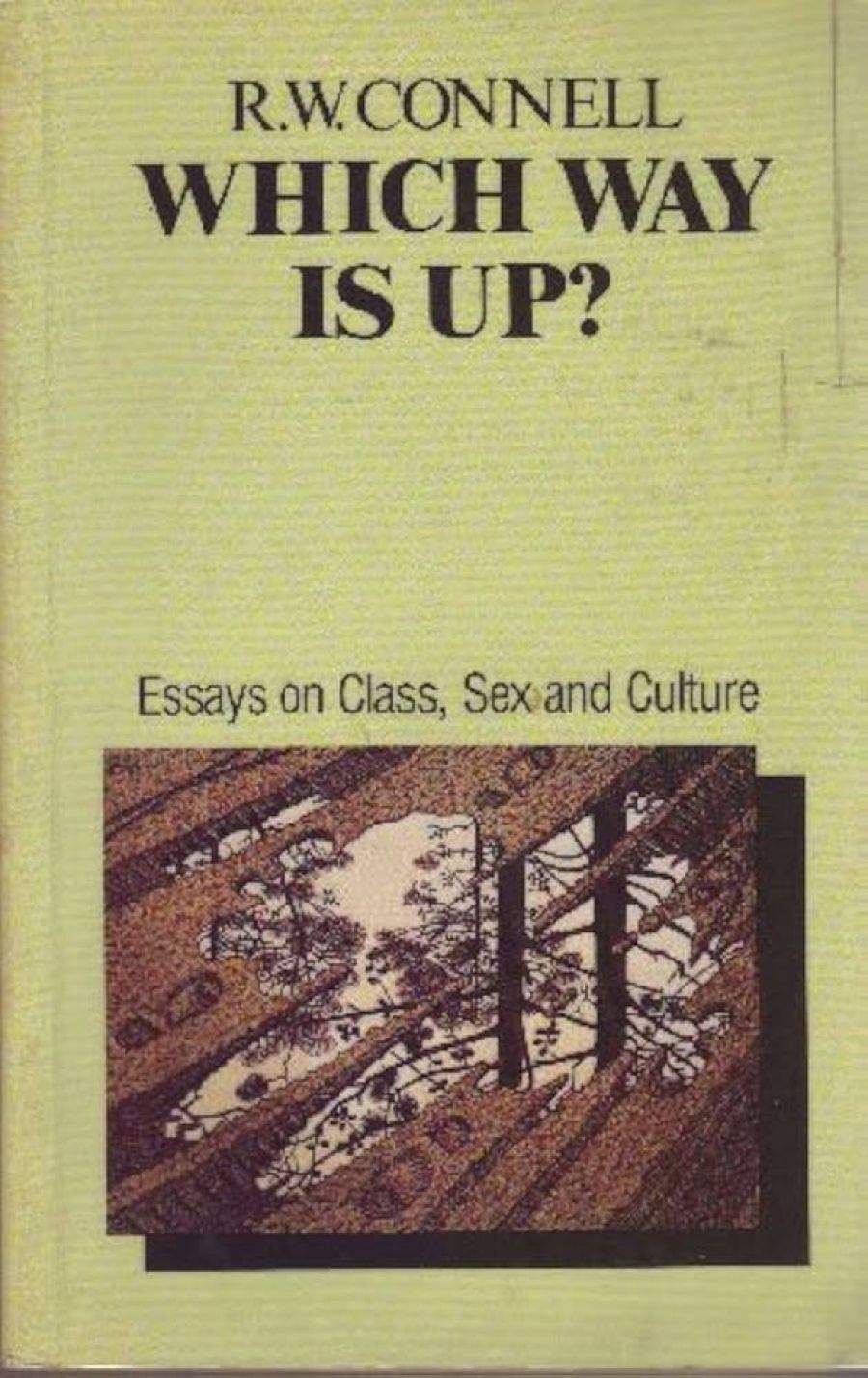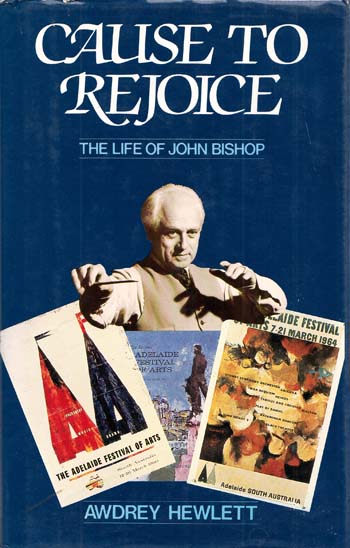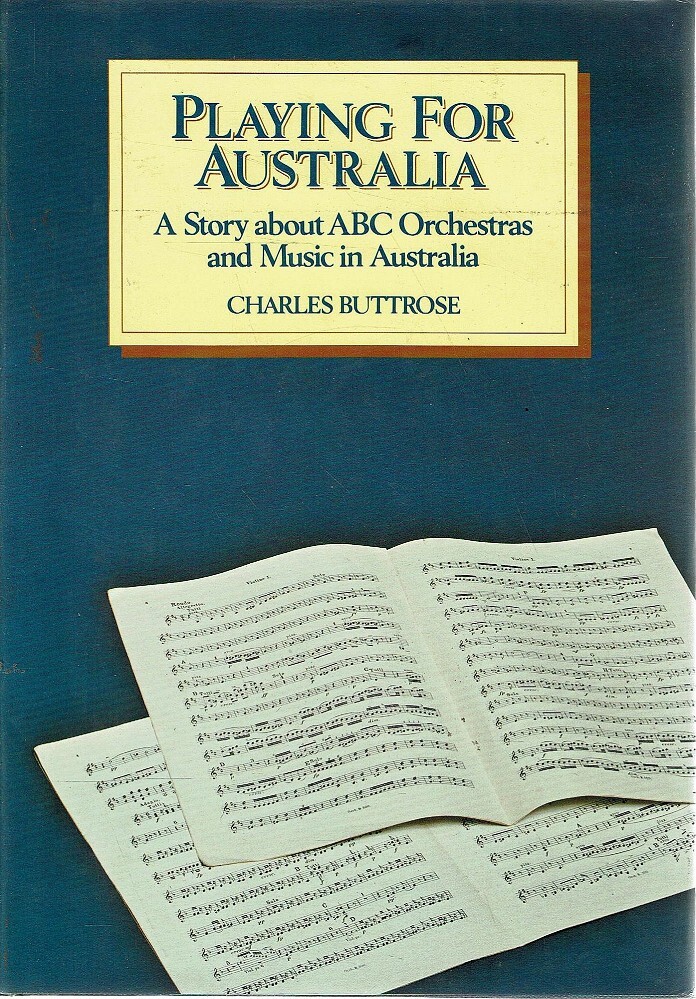
- Free Article: No
- Contents Category: Music
- Review Article: Yes
- Article Title: Music and Musicmakers
- Online Only: No
- Custom Highlight Text:
There is a long tradition in Australian music publishing that only the worst will do. In the era of long-winded and Latinised Victorian histories and reminiscences of old colonists, the music sector easily bested the rest for pontification and inaccuracy. In the thirties, when even journalistic standards were at an all-time local low, the few music histories and biographies that managed to find their way into print, often via the vanity presses, were tediously pedantic. The forties actually improved on matters, due to war-time isolation and a new awareness of music as propaganda; but the fifties produced the most conservative of demi-books, their authors still mentally located somewhere on their knees before a middle European iconostasis that concealed, artistically, a good deal of ritualised nonsense in the name of cultural superiority.
- Book 1 Title: Cause to Rejoice
- Book 1 Subtitle: The Life of John Bishop
- Book 1 Biblio: Rigby, $14.95 pb, 159 pp
- Book 1 Cover Small (400 x 600):

- Book 1 Cover (800 x 1200):

- Book 2 Title: Playing for Australia
- Book 2 Biblio: Macmillan, 186 pp
- Book 2 Cover Small (400 x 600):

- Book 2 Cover (800 x 1200):

- Book 3 Title: A Handbook of Australian Music
- Book 3 Biblio: Sun Books, $15.95 pb, 158 pp
Have things changed in the eighties, I asked as my editor handed over three of the latest musical offerings? Modern music publishing is usually dated from Roger Covell’s Australia's Music: Themes of a New Society, very much a critic's view, now sadly in need of updating but still the best guide to Australian creative music available. There is no comparable book, hence my intense interest in the newest runners in the field.
Awdrey Hewlett's biography of John Bishop, co-founder of the Adelaide Festival, founder of the Australian Youth Orchestra and the National Music Camps Association, and Director of the Elder Conservatorium at the University of Adelaide, is bred true to the type sometimes described as an affectionate tribute. It is leisurely and domestic in tone, beginning with a long poem by the author describing her feelings of awe on being locked up with Bishop's bronze bust in the Festival Centre one night after dallying too long in the loo, and ending with fond post funeral comments by his friends. The context of the life, historically or culturally, remains as hazy as the background in a telephoto shot: its long-distance shooting stopped down for a close-up, all eyes and teeth.
Of somewhat greater weight is Charles Buttrose’s Playing for Australia, the reminiscences of the former Assistant General Manager of the ABC who once had special responsibility for orchestras in the vast entrepreneural arm of that organisation.
The background to orchestral development in Australia provided in the early chapters is accurate enough, but it is disturbing that Buttrose accepts as gospel statements made in taped interviews with the conductors and organisers of yesteryear, some of them old war-horses notorious for inventing their own histories. The result is a misunderstanding of the Marshall-Hall, Zelman, Hart era.
The real interest of the book lies in its ABC archives-backed facts and figures and the gossip from greats of the ABC on the quality of orchestras and their conductors and the way the (then) Commission itself shaped our musical life. But it tails off into fond memories of modern orchestral tours and the dear friends who made them, much in the Hewlett manner; the early incisive overview is lost.
James Murdoch’s A Handbook of Australian Music is the third book I was asked to read, and here a personal dilemma confronted me. I was asked by the publisher to look at this book in manuscript and offer advice, some of which was actually taken. It is now a document of a rather different nature to the one I originally saw.
In effect it is a personal, idiosyncratic A to Z of people in Australian music. Never mind that Sir Frank Callaway (doyen of the musicologists), Jack O’Hagan (popular song composer), Hugh Anderson, John Meredith, John Manifold (all folk song collectors), Elizabeth Wood, Lorna Stirling (musicologists in history), William Vincent Wallace, Florence Donaldson Ewart (composers), Harold Love (author of The Golden Years of Australian Opera), Kevin McBeath (of new music and Thomas’ fame), Michael Brimer (pianist and Ormond Professor of Music at the Uni. of Melb.), Rolf Harris (need I say what?), Nellie Stewart (musical comedy and operetta star), and Alberto Zelman senior and junior (opera conductor and founder and conductor of the M.S.O. respectively), to take a few names at random, are not to be found.
Never mind that the ISCM, the Academy of the Humanities (there are five musicologists honoured), the A.D.B. (with its myriad music entries), the Royal Philharmonic Society (only 130 years old), the Royal Victorian Liedertafel, ACME, the Victoria State Opera, Lyster, J.C.W. and Taits (entrepreneurs), the Youth Concerts, and Allans (publishers) have no separate entries.
And never mind that Royal South Street, electronic music, the ABC, the A.M.E.B., critics John Sinclair and Ken Hince, rock, jazz and the seventy or so Early Music Societies are treated perfunctorily, nor that Alice Moyle (musicologist in aboriginal studies) and I lost our hard-earned degrees – (I think we have seven between us) – that Marshall- Hall has lost his hyphen and therefore his correct alphabetical placement, and that Dennis Olsen (singer-actor) rates a longer entry than Margaret Sutherland (doyen of our composers).
This is James Murdoch’s private dictionary, not a definitive Australian Groves. I found it a romp of a book. It isn't every day that a musicologist can say ‘wrong’ or ‘what about so-and-so, you’ve left them out’, as often as that. But once I’d recovered from the shock of discovering that my hierarchy of who is or was who in music here was not Murdoch’s, I began to look at what is actually included.
The bias is definitely towards so-called classic music. Jazz and folk are allowed in, but rock barely makes it. The emphasis is on composers and performers, an understandable pre-occupation with Murdoch, who was Director of Sydney’s Music Centre and author of Australia's Contemporary Composers (Macmillan 1972). The larger framework of historical figures, performance organisations new and old or grass roots information on instrument makers (e.g. the luthiers William Dolphin and Nelson Oliver) are not included, though A.E. Smith is. That is not Murdoch’s domain, nor does he pretend that it is. That he includes Jean Battersby, ‘Nugget’ Coombes and Geoff Blainey, however, borders on the eccentric.
And yet where else can you find so handy a short reference book on our music? If Murdoch's choice and emphasis are neither mine nor yours, it is still a legitimate and generally informed choice.
One thing is for certain – this little book will raise a storm among the professionals and, hopefully, make a wider impact so that by the time an Ozzie Groves materialises we will have debated the matter and got our priorities straight.
Has music publishing changed for the better? Not yet, but it’s because the right book manuscripts are not being offered, not because publishers are as uninterested in the field as they were before 1967 when Macmillan (Sun) first took up the cause with Covell. Our musicologists seem incapable of writing for the general market, which is why journalists are the writers of our better books on music. It is long past time for a change.


Comments powered by CComment